
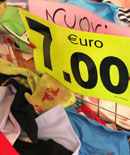 |
| CLICK
FOR A SHORT FILM |
| |
| |
CLICK
FOR RELATED STORIES CONCERNINGTHE EU'S IMPACT ON
CAGLI
 |
|
"The Benefits and Costs of Italy's Entrance into the European Union" |
 |
"The Effect of the European Union
on Education in Cagli" |
 |
"Breaking Down the Isolation of
a Small Town"
|
|
|
|
|
Cagli’s small independent banks are giving
way to bigger regional banks because of the European
Union’s creation of a new currency that has united
25 countries and is still growing, with one single currency,
said Luigi Grandoni of the Capitalia Financial Group.
“The main effect the euro transition has had
on the financial aspects of Cagli is the integration
of smaller independent banks into regional bigger banks,”
says Grandoni, a financial consultant to savings and
loans, whose firm advises individuals and businesses
on financial decisions.
|
 |
|
Part of this EU’s integration
of banks also complements the fact that “Italy
and Europe as a community must compete with Asia’s
and the United States’ big banks,”
says Sonia Federici, who is an associate of Grandoni’s
and a financial planner responsible for acquiring
new clients. Federici also acts as a mediator
between the banks and people.
|
|
|
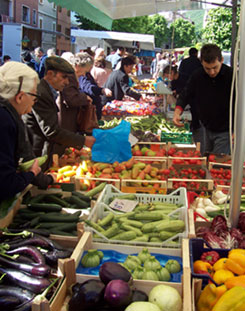 |
That independent banks
are giving way to larger ones across Europe
is due to the impact regional banks are
increasingly having, she says. Independent
banking cannot support itself or growing
people’s needs in Italy’s economy.
Saturno Ridolfi, another financial planner
in Grandoni’s company, says that the
daily life of ordinary people has been more
deeply affected by the European Union than
have the banks.
The union did not have so much a direct
effect on industry and large corporations
as did on day-to-day purchases and expenditures
of the average person, says Ridolfi. |
|
| The EU began
during a world economic recession,
says Ridolfi, so the change
was particularly difficult.
“We are still waiting
to see some of the benefits
of the change,” says Ridolfi.
Ordinary people saw their standard
of living dramatically reduced,
he said. The goods in stores
and the overall prices of commodities
have inflated significantly
as a result of the currency
change.
The currency change almost
doubled prices in certain stores,
says Alessandro Piedi, a retired
contractor in Cagli. Since the
unifying of Europe’s currency,
Italy, says Piedi, had to “catch
up” economically with
more powerful countries such
as France and Germany whose
old currencies were worth more.
|
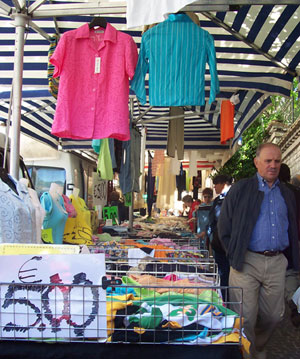 |
|
|
 |
Italy’s
recent inflation results from
this phenomenon, says Piedi.
The elderly have been affected
most by the currency change,
says Grandoni. They had used
the lira currency their whole
lives, and now they are being
forced to use a new currency.
Moreover, their fixed incomes
purchase less. |
| Locally
the elderly often hold out their
hands with a handful of euros
to store clerks. They do this
because they do not understand
what the euros stand for and
depend on the storeowners to
pick the right change from their
hands.
Italy had no difficulty with
the physical conversion to the
euro, Ridolfi says. The economy
was prepared for it.
The move to a common euro currency
has had its benefits, he says.
Interaction between countries
has become easier. The universal
currency has built bridges all
over Europe for ease of travel
and conversion rates.
|
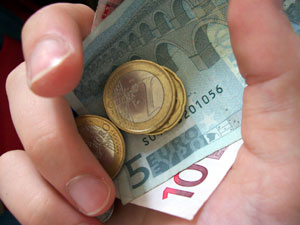
|
|
|
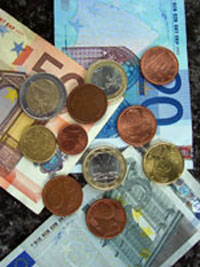 |
A question for the future is how
Italy will progress in dealing with
inflation rates, says Ridolfi. “In
the coming years the world will see
Italy and European Community competing
on a global scale.” |
|
|
|
|
|

